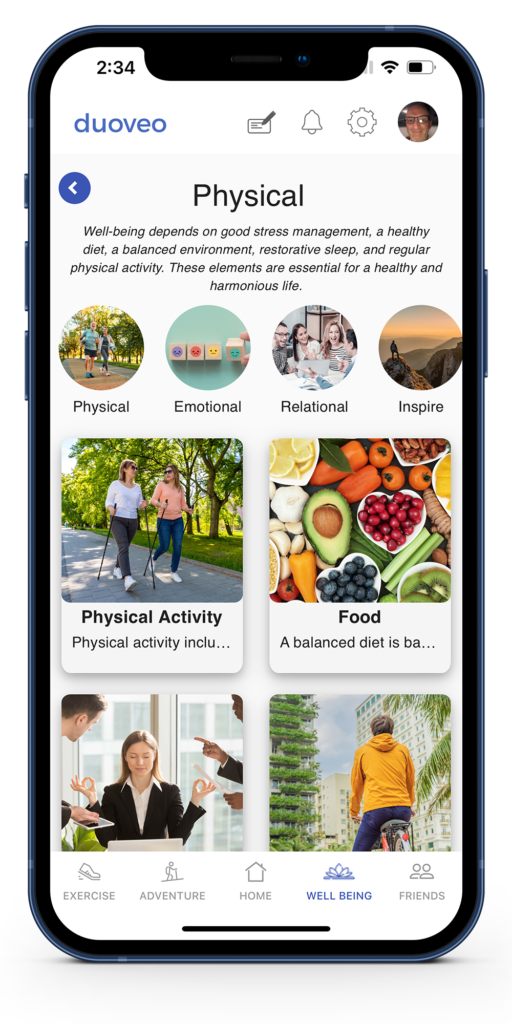Are you dreaming of a healthy body, boundless energy, and digestion as smooth as a mountain stream? Well, everything starts on your plate! Healthy meal planning is an art that combines the right portions with intelligent food combinations. The key? No extreme diets—just simple tips to nurture your metabolism and avoid the hunger rollercoaster. Today, let’s explore how to balance your portions and pair the right foods together so you can shine from the inside out. Ready? Let’s dive into a delicious and wellness-filled journey!
Understanding the Basics of Balanced Nutrition
Eating well means providing your body with all the nutrients it needs to function properly while avoiding both excesses and deficiencies. Simply put, it’s not about eating less but eating better. A balanced meal involves a mix of proteins, carbohydrates, fats, fiber, vitamins, and minerals in proportions that suit your body. Everything starts with understanding food groups and their place on your plate.
1. The Three Key Macronutrients
To achieve healthy meal planning, you need to familiarize yourself with three major macronutrient groups:
Proteins: These are the building blocks of your body. Without them, you wouldn’t have strong muscles or healthy nails and hair. Sources include meat, fish, eggs, legumes, and some dairy products.
Carbohydrates: These provide immediate energy for your brain and muscles. They can be found in whole grains, root vegetables (like potatoes), and fruits. It’s important to differentiate between good carbs (low glycemic index) and bad carbs (refined sugars).
Fats: Yes, even fats are essential! Healthy fats, like those found in olive oil, avocados, and fatty fish, are crucial for your cells to function properly.
2. Micronutrients and Fiber
Micronutrients (vitamins and minerals) are also vital for balanced meals. While they don’t directly provide energy, they are involved in hundreds of essential functions in your body. Fiber plays a key role in digestion by regulating bowel movements and promoting a feeling of fullness.
How to Build a Balanced Meal
To create a meal that follows healthy meal planning guidelines, it’s essential to vary and combine foods thoughtfully. Here are a few key principles:
1. The Half-Plate Rule
You’ve probably heard of this visual trick: dedicate half of your plate to vegetables! Whether raw or cooked, these nutrient-packed foods are loaded with fiber, vitamins, and minerals. They add volume and color to your plate without overloading your calorie count. Plus, their high water content helps with hydration.
Examples:
- Leafy Greens: Spinach, broccoli, zucchini, green beans.
- Root Vegetables: Carrots, beets, sweet potatoes.
2. One-Quarter for Protein
A quarter of your plate should be reserved for protein. Lean meats, fish, eggs, or plant-based proteins like lentils and tofu work perfectly. Choose a variety of options to cover your needs for essential amino acids.
Tip:
For vegetarians, pair whole grains with legumes to ensure a complete amino acid profile. Opt for light cooking methods like steaming or grilling to avoid excess fats.
3. One-Quarter for Complex Carbohydrates
Fill the last quarter of your plate with complex carbohydrates that have a low glycemic index. These carbs provide lasting energy without causing blood sugar spikes, which can lead to energy crashes after meals.
Examples:
- Whole Grains: Brown rice, quinoa, barley, bulgur.
- Legumes: Lentils, chickpeas, kidney beans.
Portion Control: How to Avoid Excess
Balance isn’t just about food quality; it’s also about portion sizes. Eating too much, even healthy food, can throw off your nutritional balance. Here are a few tips for managing your portions wisely:
1. Visual Tools
One of the most effective ways to control portions is by using simple visual cues—no need for a kitchen scale.
- Proteins: The size of your palm.
- Carbs: The size of a clenched fist.
- Fats: The size of your thumb.
Vegetables: As much as you want, no restriction (just avoid heavy sauces or too much fat).
2. Mindful Eating
Take the time to savor each bite. Not only will this help you enjoy the flavors of your food, but it also lets you listen to your body’s hunger signals. This way, you’ll avoid overeating due to habit or indulgence.
Winning Food Combinations
Some foods, when paired together, have synergistic effects that enhance their benefits for your body. For example, certain vitamins are best absorbed with fats, while some nutrients complement each other when consumed together.
1. Proteins + Complex Carbs = Lasting Satiety
Combining a protein source with complex carbs helps maintain a steady energy level throughout the day. Proteins slow the digestion of carbohydrates, preventing blood sugar spikes and extending the feeling of fullness.
Examples:
- Brown rice + grilled chicken
- Lentils + quinoa
2. Healthy Fats for Better Vitamin Absorption
Vitamins A, D, E, and K are fat-soluble, meaning they need fats to be properly absorbed by the body. It’s always a good idea to add a little healthy fat to your salads or vegetables rich in these vitamins.
Examples:
- Grated carrots + olive oil
- Avocado + spinach
3. Plant-Based Iron + Vitamin C = Maximum Absorption
The iron found in plant foods (non-heme iron) is less well absorbed than that from animal sources. But the good news is that a little vitamin C can boost iron absorption! So, pair iron-rich foods with vitamin C.
Examples:
- Lentils + lemon juice
- Spinach + red bell peppers
Avoiding Risky Combinations
Some food combinations can hinder digestion or reduce nutrient absorption. Here are a few examples to watch out for:
1. Calcium + Iron: A Delicate Competition
Calcium and iron compete for absorption in the intestine. To avoid this, it’s best not to consume large quantities of dairy with iron-rich foods, such as spinach or lentils.
2. Too Much Fiber and Not Enough Water
Increasing your fiber intake is great for health, but remember to drink plenty of water. Otherwise, the fiber could slow down digestion and cause bloating or constipation.
Conclusion: Why Balanced Meals Matter
Healthy meal planning allows your body to function at its peak. By adjusting your portions, varying your foods, and combining ingredients wisely, you optimize your nutrient intake and boost your overall well-being. It’s not about deprivation but about creating harmony between taste and smart nutrition. So, are you ready to become the conductor of your own health symphony? Put these tips into practice and watch the effects on your energy and vitality. Bon appétit!
References:


